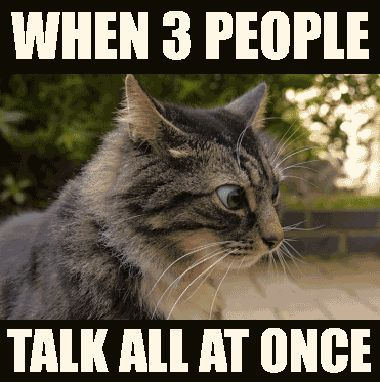 My house if full of “talkers”. I know. You’re all soooo surprised.
My house if full of “talkers”. I know. You’re all soooo surprised.
But in our house full of talkers, we all, on occasion, start talking without giving any context. I don’t know if my kids do it because my husband and I accidently model that? I don’t know if their little brains just start at the “good part” and forget to give us background?
But anyway, sometimes it’s hard to understand the story without the context.
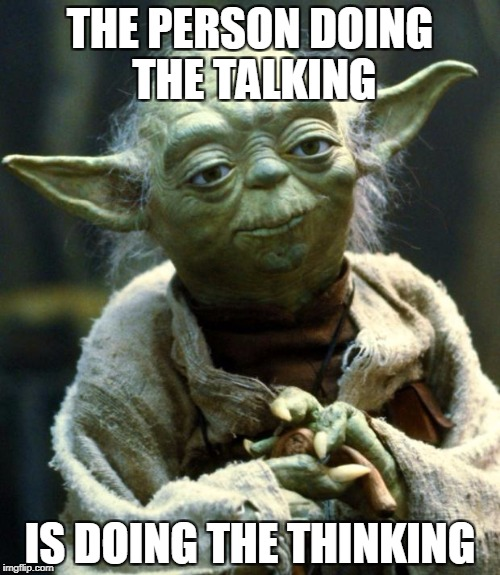 And it’s easy for us-the-teachers to jump in and TELL the kids the context.
And it’s easy for us-the-teachers to jump in and TELL the kids the context.
But if we believe that “the person doing the talking is doing the thinking”, then we know that the kids will think about it better and it will “stick” better (in their brains), if we let them come up with the context.
“But Tracy”, you ask, “if they don’t have any context, how are they supposed to make their own context? I mean, if they have never heard of the Haitian Revolution, then they have never heard of the Haitian Revolution. How can they have context if they have never even heard of it?”
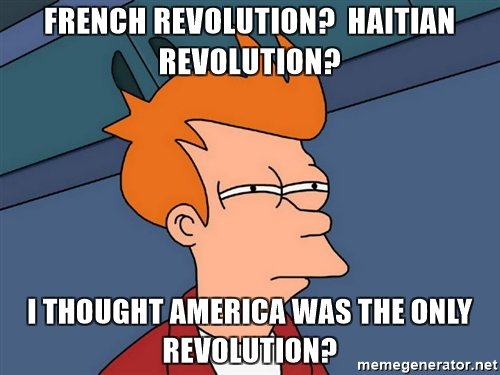
Good question.
This is one of the best uses for your textbook (or related article).
This is when you use ...... Skimming and Scanning!
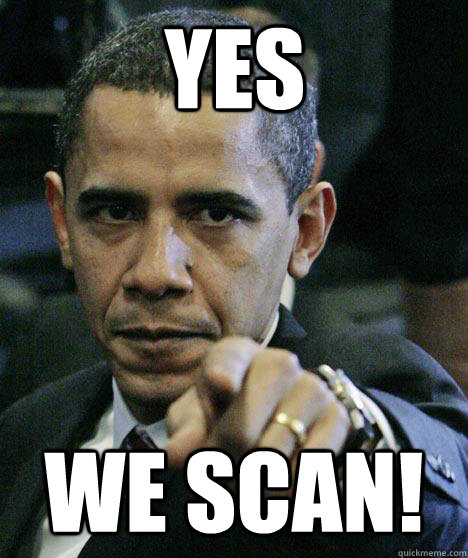 No, really! I know we talk a lot about document analysis and close reading, but sometimes -- we just need to skim and scan.
No, really! I know we talk a lot about document analysis and close reading, but sometimes -- we just need to skim and scan.
You and I do this all the time in adult world. We skim and scan our email. Maybe you are skimming and scanning THIS email (Hey. I don’t judge.). You skim and scan student work sometimes. You skim and scan articles in the news and on social media.
You-the-educated-adult don’t do a close read on EVERYTHING that comes your way.
Neither do I.
Let’s get into the nuts and bolts of skimming and scanning.
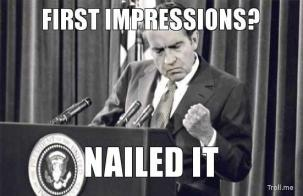 How do I do skimming and scanning with my students?
How do I do skimming and scanning with my students?
Project the text on a Smartboard or ELMO
Model how skimming and scanning can build background knowledge by:
Using titles and captions to activate/build background knowledge
Look at images, people, maps, timelines, charts, graphs
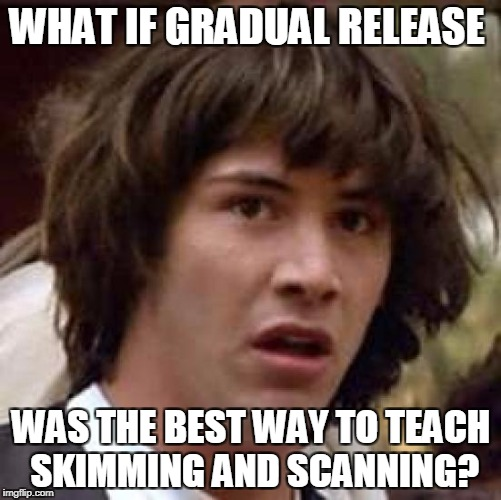 Look at bolded or highlighted information or words
Look at bolded or highlighted information or words
Read sidebars or fact boxes
Read first and last paragraphs
Record “first impressions” and “fast facts”
Have students summarize and put those impressions in a summary statement or “final thoughts”.
C. Ask students to practice skimming and scanning a short (chunked) piece of text with a partner, using steps i-vii above.
2. How do I keep my kids on task?
a. Keep the text short.
B. Use gradual release.
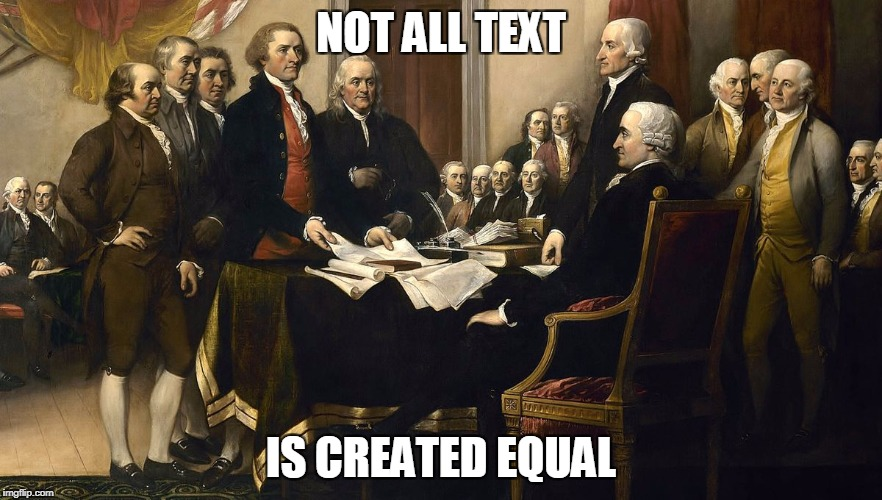 C. Correct misconceptions when kids think every word is equally important.
C. Correct misconceptions when kids think every word is equally important.
3. Why should I try this one?
Because not all text was created equal. Some text is created for close reads – and some is just for background info. Kids need to know the difference and they need to know what to do with less-important (but background building) text. Students need context to be able to appropriately tackle a more complex text.
4. What can go wrong?
If not well monitored and corrected, students can get confused and mistake essential info for non-essential. That’s why gradual release is essential with skimming and scanning. Also, kids can struggle to stay engaged. That’s why timers and modelling and chunking text are so helpful.
Also – your adolescent students are not as well educated as you-the-college-educated-teacher. Don’t expect them to get as much out of their reading as you do. And that’s ok.
Give them a chart like this to jot down their answers...
First Impressions
|
Fast Facts
|
Final Thoughts
|
|
|
|
|
|
|
|
|
|
Do you see how having your students do a quick 5 minute skim and scan can help them build background knowledge? Instead of having the kids read the textbook section before getting into the deeper content, have them skim and scan before getting to the document or the higher-order thinking activity. It teaches them to get an overview and it builds background knowledge.
AND -- it saves time!
Everybody wants more time!
 Choose text to build background knowledge and have kids skim and scan. Don’t choose the really- important document that you need to dig into.
Choose text to build background knowledge and have kids skim and scan. Don’t choose the really- important document that you need to dig into.
Choose the one you just need to use to build background knowledge.
Will you try it, judiciously?As always, I love to hear from you! Email me at newmantr@pcsb.org
Have an AWESOME Thanksgiving. I am thankful for all the awesome colleagues I work with! Have a great -- and well-deserved- break!
-Tracy
